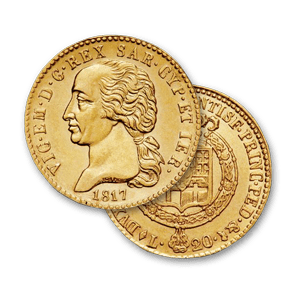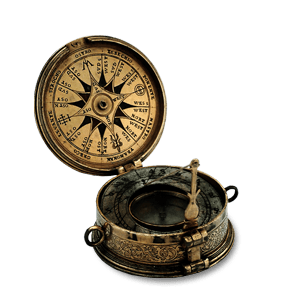The fundamental importance play by ceramic production in the decorative arts panorama is that is stands witness to progress made by mankind. It is a story told through a culture of craftsmanship and artistry in both small and large cities and across all eras.
Ceramics are subdivided according to the material used:
- Porous ceramics: terracotta, majolica and earthenware;
- Hard paste ceramics: stoneware, soft English porcelain or biscuit and hard or Chinese porcelain.
The fact that the objects were mostly painted by hand and that they bore a signature testifying to individual production make them more difficult to identify and date compared to, for example, metals, where corporations applied a less ambiguous regulation.
With the advent of the industrial revolution, there was an increase in the request for both antique and “à la mode” items and the quite obvious consequence was that many manufacturers satisfied the demand by producing copies that were, in some cases, decidedly deceiving. Some of these were born with no hallmark, while in other cases the original hallmarks were eliminated for fraudulent purposes.
Both hard and porous ceramics have particular characteristics, therefore modern technologies and cross-referencing the dates from the results of analyses stored in the archives, nowadays we are able to date even the most disputed object.
 perizie@marcozaia.net
perizie@marcozaia.net









